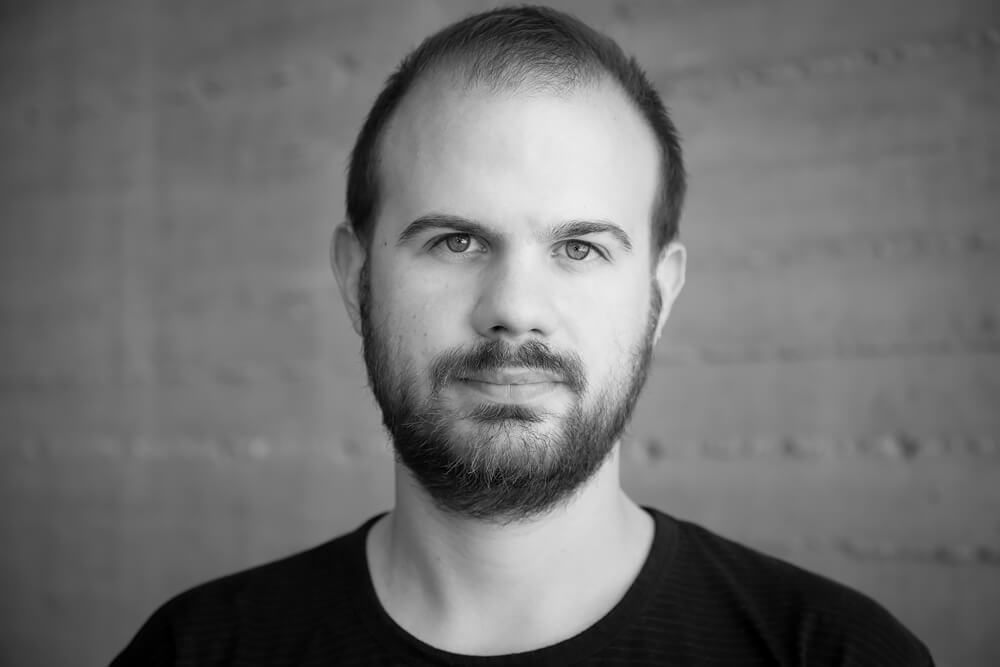Nicola Fioravanti started his photography at 23. He has been featured in internationally distinguished publications including Corriere della Sera, Repubblica, El País, Die Zeit, Die Welt, Vogue, PhotoVogue, Marie Claire, Grazia, Elle among others. His images have been used by Alibaba, Canon, City of London, Etihad, European Union, MasterClass, Mozilla Foundation, Oxford University, Pantone among others. His work has been exhibited internationally and has been awarded at Canon 'Come and See', Le Prix de la Photographie de Paris (PX3), International Photography Awards, Fine Art Photography Awards, Life Framer, ND Awards and Sony World Photography Awards among others. Nicola is based in Paris.
Winner AAP Magazine #30 Shadows